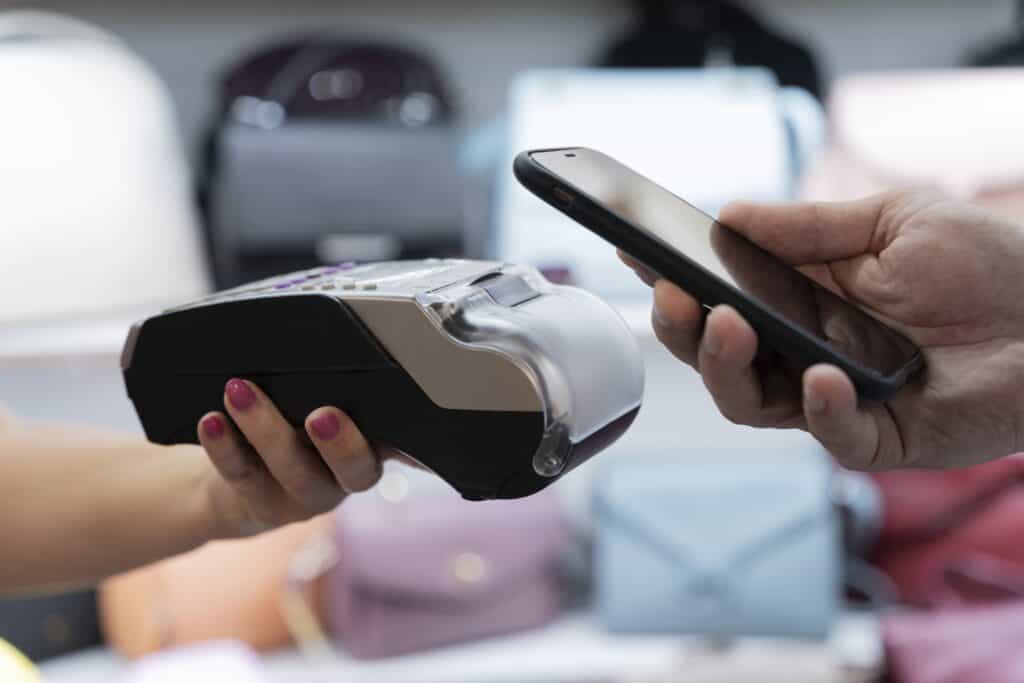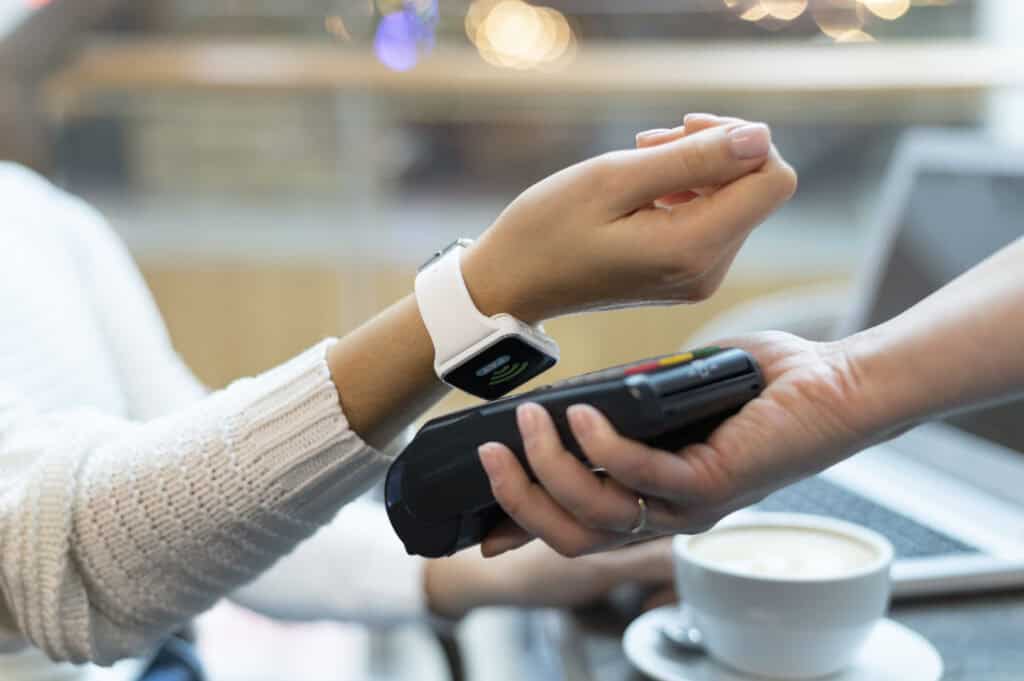
By alphacardprocess July 31, 2025
Apple Pay was introduced in 2014 with a lot of buzz but modest adoption. Fast-forward to 2025 and the digital wallet has clearly gone from novelty to need, at least, for millions of consumers around the world. But just how common is Apple Pay use after all? Are customers simply downloading it to their phones, or are they using it to pay?
So what does the data tell us about the adoption of Apple Pay, its trends in usage and what it means for businesses today? Let us discuss this here.
Apple Pay in 2025: A Snapshot
As of 2025 there are approximately 65.6 million Apple Pay users in United States. That’s almost a quarter (22.3%) of all people 14 and older in the United States. And estimates are that this figure will increase to more than 84 million by 2030, representing a constant upward trend.

Apple Pay has 624 million users worldwide in 2025, and is expected to hit 635 million users by 2030. Since 2020, worldwide adoption has increased by 23% – a CAGR of 4.23%. In the U.S., it is also expanding rapidly, at 29.1% as compared to 2022 (CAGR: 8.90%).
So yes, people are not just using Apple Pay—they’re adding it to their devices. Hence, no matter how small your business is, accepting Apple Pay for small businesses is a must. Besides that you must also understand the Apple Pay fees for businesses too.
Digital Wallet Dominance: Apple Pay Leads the Pack
In 2025, Apple Pay holds 92% of the American Digital Wallet Market, making it the most widely adopted option. It is accepted by more than 90% of American retailers, which gives consumers sufficient opportunities to use both online and in-store.

And they are using it. Apple Pay is currently 14.2% of all online consumer payments and 5.6% of all in-store purchases. It is responsible for 53.7% of all mobile wallet transactions in physical shops, strengthening its dominance in checkouts.
In raw numbers, Apple Pay processed a total of $ 6 trillion globally in 2022, producing $ 1.9 billion in revenue. That speed has not been slowed.
Who’s Using Apple Pay? Demographics Matter
Understanding the use of Apple Pay helps businesses target marketing and customize payment experiences. Data suggests that Apple Pay echoes the strongest with young, high -earning demographics.

- Generation Z (Born 1997-2012): Use 2.5% Apple Pay, and a large 73.1% of General Z Digital Wallet users tap it weekly.
- Millennials (1981–1996): Use 4.0% Apple Pay; Millennial wallet users 51.1% use it weekly.
- General X (1965–1980): Use Apple pay only 1.1% overall, but 52.4% digital wallets in this group use it weekly.
- Baby Boomers and Silent Generation (East -1965): This group uses only 0.2% Apple Pay. Nevertheless, 43.9% of their digital wallet users reach weekly.
- High -income consumers (earning more than $ 100K): 3.2% using Apple Pay overall, and 57% digital wallet users often use it in this bracket.
This shows a clear tendency: young and rich consumers are running use on Apple, and they are usually using it.
Apple Pay Growth: What the Trends Reveal
The past few years have shown a sharp increase in Apple Pay transactions—especially during high-volume shopping periods. During Black Friday and Cyber Monday 2022, 12.7% of shoppers used Apple Pay, nearly doubling usage from the year before.
Notably, in Q2 of 2022, American consumers spent $199 billion using Apple Pay. And since its debut, the share of iPhone users enabling Apple Pay has also grown rapidly:
- 2014–2016: Only 9% of iPhone users had activated Apple Pay
- 2018: 45.5% growth in activation
- 2019: 48% of global iPhone users had enabled it
- 2020: 66 million new users joined during the COVID-19 pandemic
These trends point to an ecosystem that’s not just maturing—it’s thriving.
Why Are More Customers Using Apple Pay?
Many factors contribute to the steady increase of Apple Pay:
1. Contactless facility
Covid-19 permanently transformed consumer behavior. Shopkeepers now expect quick, hygiene, tap-to-pay experiences.
2. Security And Privacy
Apple pay does not store or shares any data, making it more secure than traditional cards. For privacy-conscious consumers, it matters.
3. Speed and Simplicity
There is no need to deal with cards or cash-double-tap and scan. Whether it is online or in-store, reduces friction on apple.
4. Loyalty to Apple Ecosystem
In 2022, 48.7% Americans own iPhones and Apple Pay is already in their pocket. That reduces obstruction for indigenous integration entry.

What This Means for Businesses?
The data is loud and clear: your customers — young, digitally savvy ones particularly are already adopting Apple Pay. Not addressing it could result in missed sales and abandoned carts.
If you’re a retailer or service-providing company, here’s what you should do:
- Accept Apple Pay in all Channels (Physical Stores, Mobile, Desktop).
- Promote available Apple Pay in your site via web and checkout.
- Maximise your POS system to accept digital wallets.
- Streamline checkout — Fewer steps can mean less cart abandonment, as is the case with Apple Pay.
If you don’t know where to start, payment processors such as Stripe offer simple ways to adopt Apple Pay for your e-commerce store or app. With native support, their app is a seamless, secure transactions experience that doesn’t require heavy coding.
Conclusion
A payment option that used to feel futuristic is now a way of life for millions. Well-established consumer confidence, the easy fit into the Apple ecosystem and the increasing global reach, make Apple Pay not just relevant, but a “must have.”
As we head to 2030, statistics say that Apple Pay is not a trend. It’s a revolution in how we pay — and it’s here to stay.
Frequently Asked Questions
1. Is Apple Pay really popular in the U.S.?
Yes. As of 2025, over 65.6 million Americans use Apple Pay, and that number is expected to grow to 84 million by 2030. It holds a 92% share of the U.S. digital wallet market and is accepted by over 90% of retailers.
2. How often do people actually use Apple Pay?
Apple Pay is used weekly by more than half of digital wallet users across most age groups. For example, 73.1% of Gen Z and 51.1% of Millennials who own digital wallets use Apple Pay every week.
3. Can my business accept Apple Pay easily?
Yes. Most modern POS systems and online platforms support Apple Pay. If you use services like Stripe, Shopify, or Square, enabling Apple Pay is typically a simple toggle in your payment settings.
4. Is Apple Pay secure for customers?
Absolutely. Apple Pay uses tokenization, Face ID or Touch ID, and doesn’t store or share card numbers, making it more secure than traditional debit or credit cards.
5. Does Apple Pay work internationally?
Yes. Apple Pay is supported in 90+ countries and regions around the world, making it a convenient option for global businesses and travelers alike.